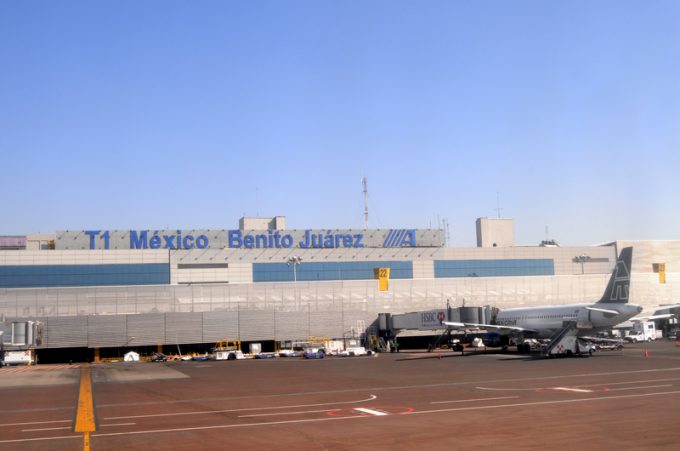Angry Liege Airport cargo chiefs appeal over forced reduction in flights
Liege Airport, one of Europe’s leading air cargo hubs, has lodged an appeal over its ...

The new Mexican government’s plans for a solution to the chronic frustration that is the capital city’s international airport, are not going anywhere fast.
If anything, the latest moves have left operators and observers wondering if the administration knows what it is doing.
Government ministers have contradicted ...
Keep our news independent, by supporting The Loadstar
Red Sea crisis has driven most new capacity into extended Asia-Europe trades
Carrier price hikes hold, driving spot rates higher as space gets scarcer
Explosions and 'out-of-control' fire reported on Wan Hai box ship
Crew forced to abandon ship in latest fire on vessel carrying EVs
The Loadstar Podcast | Transport Logistic and Air Cargo Europe 2025
'Now or never' for Kuehne and DHL GF to hit back at DSV
Carriers on the hunt for open tonnage again as transpacific rates soar

Comment on this article